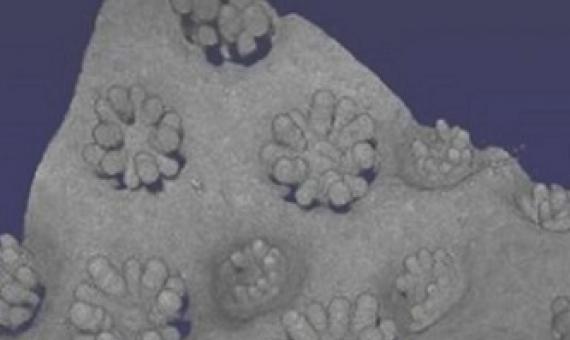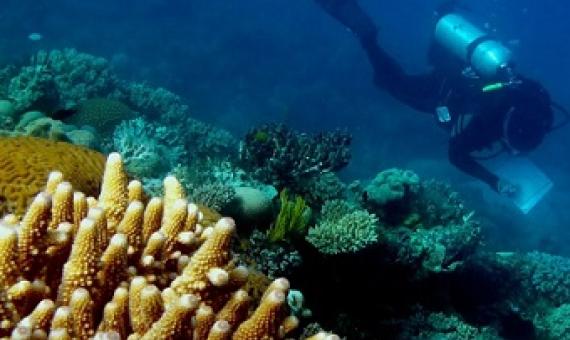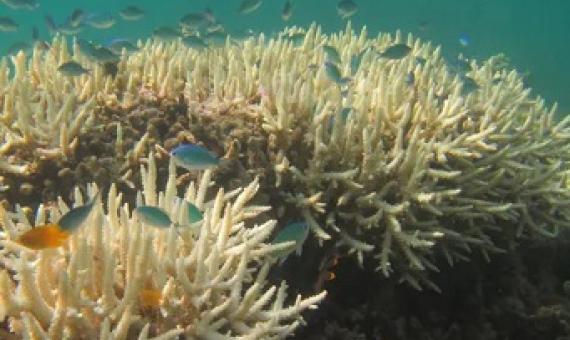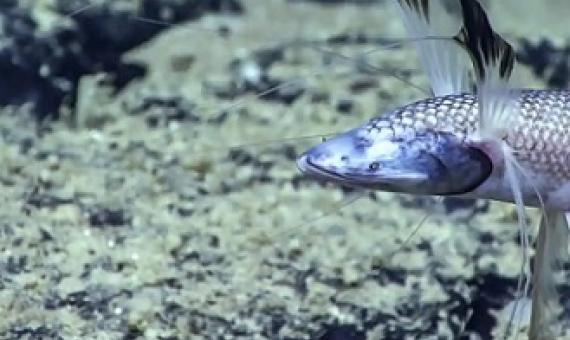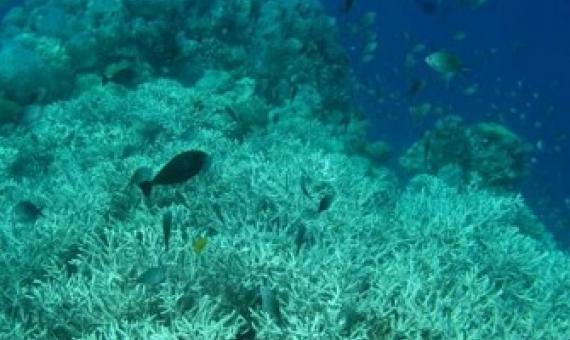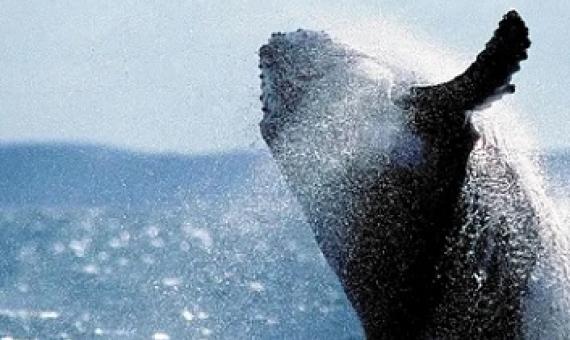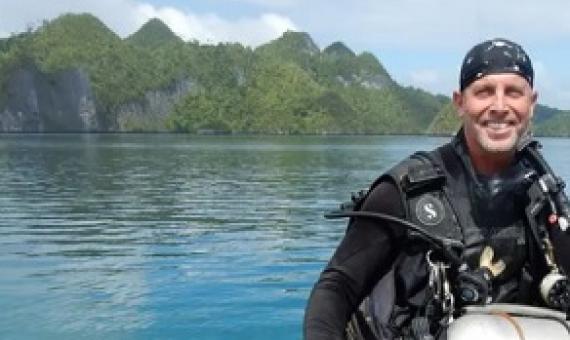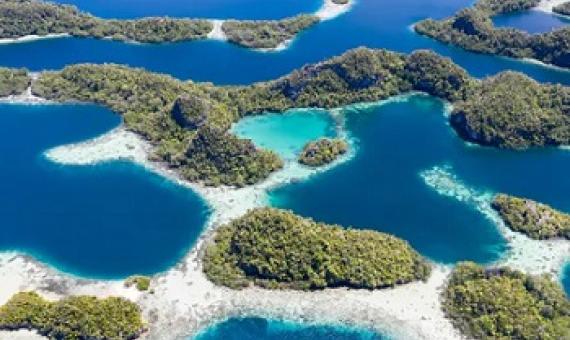Researchers from Cambridge University and University of California San Diego have 3-D printed coral-inspired structures that are capable of growing dense populations of microscopic algae.
As global heating makes coral bleaching a regular event, scientists are urgently seeking ways to help the world’s biggest reef survive...When coral scientist Dr Zoe Richards left the Great Barrier Reef’s Lizard Island in late January, she was feeling optimistic. Richards is a taxonomist.
A new study by researchers at the University of Hawai'i at Mānoa School of Ocean and Earth Science and Technology (SOEST) found that human-induced environmental stressors have a large effect on the genetic composition of coral reef populations in Hawai'i.
The Great Barrier Reef is suffering its third mass bleaching event in five years. It follows the record-breaking mass bleaching event in 2016 that killed a third of Great Barrier Reef corals, immediately followed by another in 2017.
New research has finally demonstrated what many marine biologists suspected but had never before seen: fish migrating through the deep sea.
The existence of coral reefs, in all their abundant biodiversity and beauty, relies largely on a complex symbiosis between reef-building corals and microalgae.
Major review reports recovery of marine life but a redoubling of efforts is still needed. The glory of the world’s oceans could be restored within a generation, according to a major new scientific review.
A 2017 survey found that 81 percent of Americans could not name a living scientist. No, not a single one. At Conservation International, we have lots of scientists you should know.
There’s no denying the grandeur and allure of a nature reserve or marine protected area. The concept is easy to understand: limit human activity there and marine ecosystems will thrive.
A U.S. agency is funding projects to help create a bioenergy industry based on macroalgae. One day in the future, the Pacific Ocean could be home to kilometers of seaweed farms tended by submarine drones and waiting to be turned into fuel.

